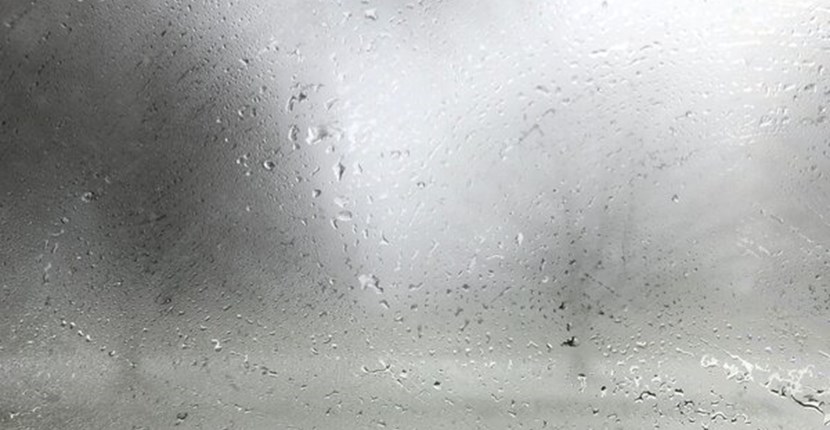Posted on 16 09 2022
How to manage moisture in your home

Moisture encourages biological pollutants to grow. Inside the home, these can be harmful to the occupier. It also causes building materials to deteriorate, like windowsills which rot when condensation settles on them.
To effectively manage moisture levels in your home, you must start with an understanding of where it comes from and how it humidifies. Your response will vary in different situations.
Moisture seeps in as rising damp from basements and floors, leaks from faulty plumbing and rooves and walls, or is generated from cooking, showering and clothes drying. In some cases, you can prevent moisture, and in others, you can correct it once it has become an issue.
The amount of moisture that room air can hold is determined by the temperature of the air. The cooler the air, the less moisture it can hold. That’s why moisture condensates when it reaches a colder room in the back of the house or a windowpane when the air outside is cold.
A golden rule for preventing moisture in the home is to raise the room temperature and keep it even and warm on cold surfaces. The world health organisation (WHO) recommends a minimum indoor temperature of 18°C or 20°C for houses with young children, elderly people or ill people.
Installing adequate insulation and ventilation is the most effective response in a damp house. However, there are a few simple ways that homeowners can proactively manage moisture within their homes.
Fix leaks and seepage
Make it a practice to keep an eye out for leaks and repair them immediately. These may be where water enters the house from outside, or seals have broken down around sinks and tubs. They can also be a result of blocked guttering and faulty plumbing. Continuous water leakage creates pools of water that become moisture when the room temperature rises.
Ventilate, Ventilate, Ventilate
Everyday living generates moisture, and every home inevitably has some moisture in the air. Clothes dryers, showers and cooking all produce moisture. The trick to controlling this moisture is to channel it from its source to outside as quickly as possible; in some cases, that just means opening a window. But if there are extractor fans in the kitchen and bathrooms, ensure they are turned on whenever that room is in use.
Use Dehumidifiers
Dehumidifiers are an essential tool in the fight against moisture in homes. They remove the moisture from the air and collect it as water in a tank. You can then literally pour it down your sink waste or directly outside.
There are two types of dehumidifiers, a compressor model, which has the same technology as a heat pump or a fridge, and a desiccant model, which sucks air through a rotating disk. The latter performs better in very low temperatures but is more expensive. The bonus in both models is a filter that helps to purify the air.
Place mats over the carpet in entrance ways
Carpeted areas close to doors and windows can become wet and hard to dry. Covering these spaces with a mat that can be dried or aired out in the sun is advisable.
Keep the lid on it
Identify the key humidity sources around your home and find ways to constrain the humidity. Sources will include cooking pots, showers, and clothes dryers. You can keep the lid on it when cooking pots are on the hob. Some domes can be fitted over the shower to give that a lid. And in every situation, you can close the doors between the humidity-contributing rooms and other colder rooms.
Clean it up often
If moisture does travel with air to condensate on cold surfaces, it will become a puddle that needs to be removed. Use a towel to wipe windows and sills every day.
Cover the ground
If your property has an un-insulated wooden floor with crawl space beneath, there’s a chance dampness is rising from the ground. You can put a cap on this damp by fitting a ground moisture barrier. The barrier is polythene sheeting that is laid on the ground. It’s a DIY cost-effective way of nipping rising dampness in the bud.
If you would like advice on managing moisture levels in your home, contact one of our specialists at Greenside Energy Solutions